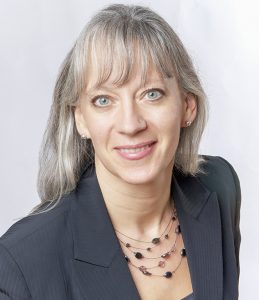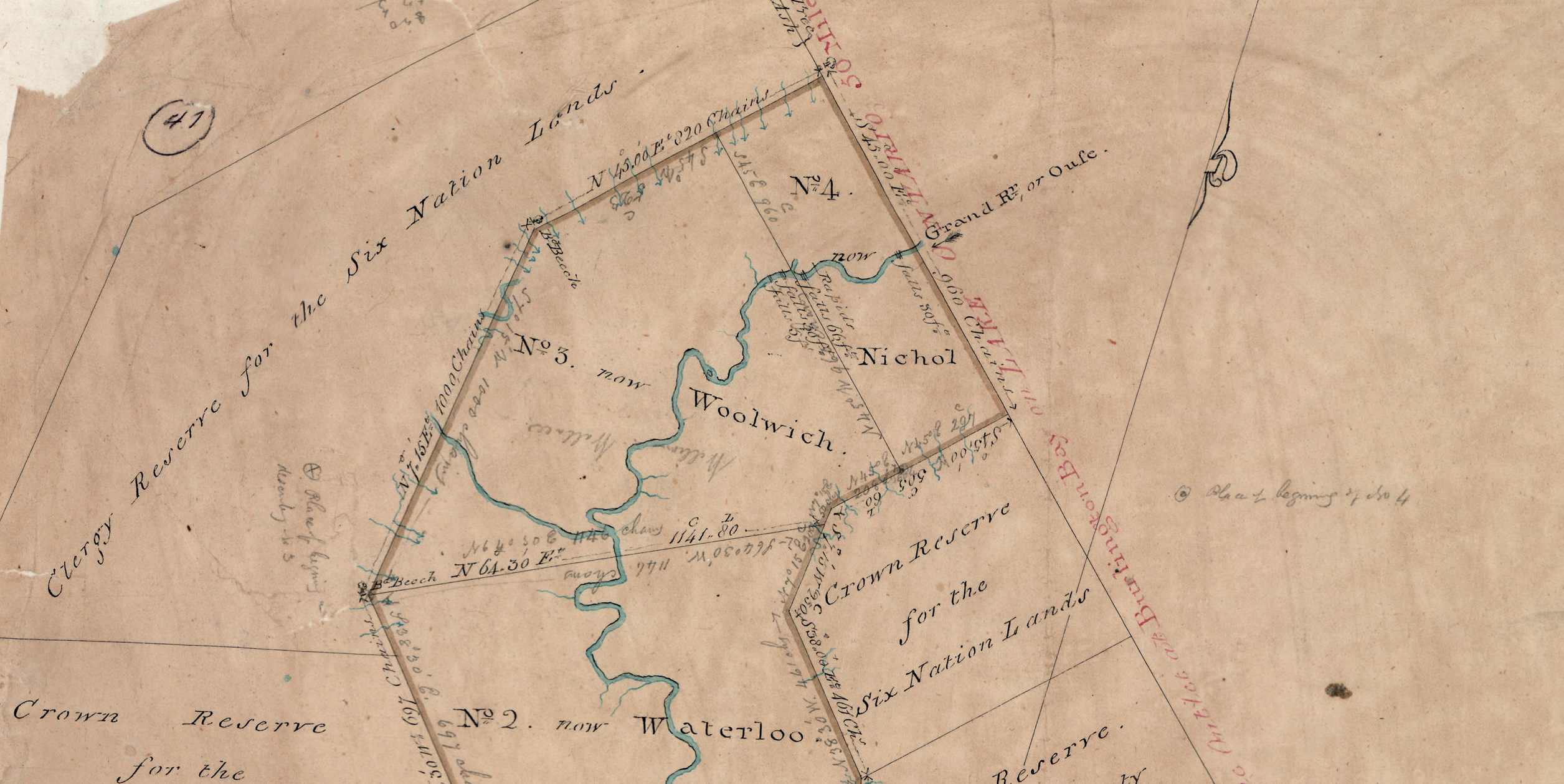WELLINGTON COUNTY – Before county council’s summer adjournment, Ward 6 councillor Diane Ballantyne introduced a motion on June 24 calling for an Indigenous land acknowledgement.
“On this day where the bodies of 751 more Indigenous children have been unearthed in Saskatchewan, I bring this notice of motion, seconded by Councillor Lloyd, that an Indigenous land acknowledgement is part of the opening of each county council and county public meeting,” stated Ballantyne.
It’s not the first time a county councillor has brought forward a motion for a land acknowledgement.
In February 2020, Ward 7 councillor Don McKay brought forward a similar motion, wanting to “acknowledge the Indigenous people on whose traditional territory we are meeting.”
The motivation behind his motion, McKay said, came from experiencing a blanket ceremony where participants stand on blankets representing Indigenous-inhabited lands. Blankets are removed or folded smaller and smaller as a narrator talks through the loss of land resulting from treaties and reserves.
With McKay’s motion approved and county staff tasked with reporting back to council on wording for the acknowledgement, a five-member volunteer Indigenous Advisory Committee (IAC) was formed to advise staff on Indigenous matters, particularly what treaties would apply to Wellington County’s geography.
But over a year after it began, the background work by the advisory committee for an official acknowledgement is still ongoing.
“This work continues and is complicated,” county communications manager Andrea Ravensdale said in an email response to questions from the Advertiser.
“The IAC continues to sort the information and requests for consultation have been extended in order to gain clarity.”
McKay recently told the Advertiser the committee has been researching what the “best and appropriate things” are for a county land acknowledgement and is keeping staff updated with an internal newsletter.
McKay said he was surprised by Ballantyne’s June motion, unsure of the rationale behind the move.
Ballantyne said she brought forward her own motion for a land acknowledgement believing it’s “long past due,” saying the county was “years behind” other municipalities.
“My motion is to restate that we need to start doing this,” Ballantyne explained.
Guelph and Erin, as examples, already have established land acknowledgements.
Ballantyne was careful not to criticize the IAC’s “incredibly important work,” acknowledging the complexities involved, but said an acknowledgement “should have already been happening before the Indigenous Advisory Committee started their work.”
Why a land acknowledgement?
When McKay brought his motion forward over a year ago, he pointed out acknowledgements risk being “disingenuous” and a way to “appease First Nations without taking meaningful action.”
More recently when speaking with the Advertiser, McKay said an acknowledgement should indicate “we are sharing the land that they have been on longer than us.
“I think what is needed is a continual education and dialogue and to me the land acknowledgement is one aspect but not the total aspect,” he went on to say.
“I think we need to work with Indigenous people –the First Nations, Inuit and Métis – to understand where we’re at, where we’re coming from and have a joint relationship between all of us on what the land should mean to us.
“We want to keep it in perpetuity for everyone.”

DIANE BALLANTYNE
Ballantyne said while acknowledgements aren’t going to solve generations of Indigenous trauma, they’re an important first step for settlers to become aware of the land’s original occupants.
“For us to understand what has happened historically and continues to happen presently with the experiences of Indigenous people in Canada, it’s very important for newcomers and settlers to understand the lands that we are on and understand the treaties or the contracts that were created,” she said.
From her perspective as a teacher, Ballantyne believes there’s a lack of education and awareness about Indigenous history.
“If you’re not living, maybe necessarily very close to reserve lands, it’s not as obvious in your day-to-day experience as a settler,” she said.
The Advertiser reached out to the Grand River Métis Council, Six Nations of the Grand River and the Mississaugas of the New Credit for comment on land acknowledgements from the Indigenous perspective.
The Advertiser also reached out to the Haudenosaunee Confederacy Chiefs Council (HCCC), which recently called for a moratorium on development of land within the Haldimand Tract (also known as the Haldimand Proclamation and Haldimand Grant) – roughly 10km of land on either side of the Grand River (including within Wellington County) – which was granted in perpetuity to the Haudenosaunee by Quebec governor Sir Frederick Haldimand in 1784.
Grand River Métis Council president Jennifer Parkinson declined an interview and multiple inquires to Six Nations of the Grand River, Mississaugas of the New Credit and HCCC went without responses.
Ballantyne’s motion will be on county council’s September agenda.
“I don’t see why there wouldn’t be one happening at the next council meeting in October,” she said of an acknowledgement.
The IAC held a smudging ceremony that included an unofficial land acknowledgement at the beginning of Wellington County Warden Kelly Linton’s 2020 inauguration.
But county communications manager Ravensdale confirmed staff are waiting on clarification surrounding treaties before an official acknowledgement can be made.
“The IAC hopes to have the information finalized later this year,” she said.




